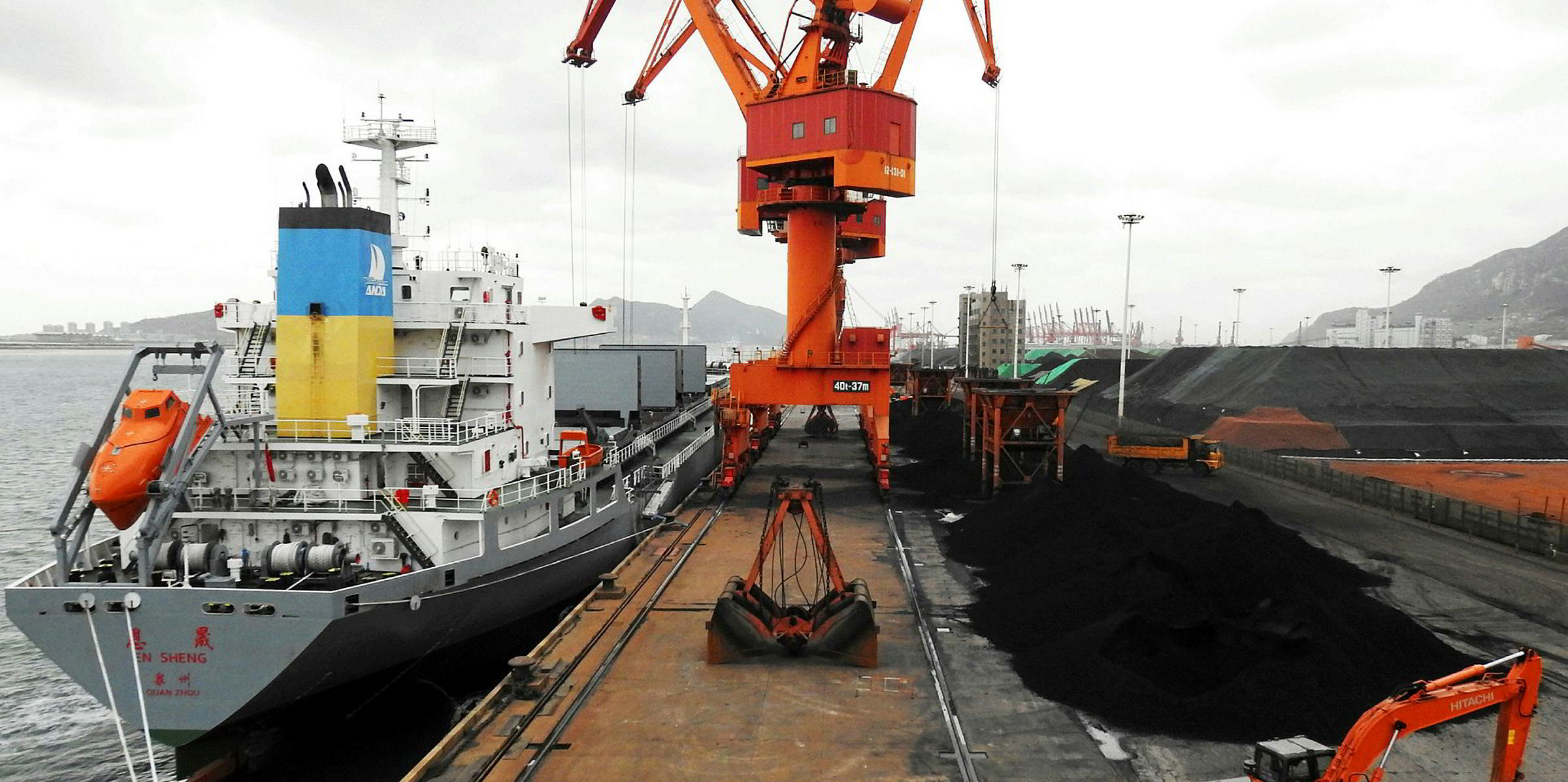A key driver of shipping markets over the past 30 years has been the expanding Chinese economy that has sucked in raw materials — carried on bulkers, tankers and gas carriers — and pumped out manufactured goods for export on containerships.
This has, of course, driven strong demand for vessels to carry these cargoes, with China’s distance from many of the major producers of raw materials and consuming regions pushing up tonne miles, coupled with a cargo mix often requiring larger vessels.
The shipping industry has responded, creating a boom for builders of newcastlemax bulkers, VLOCs and containerships of more than 8,000 teu.
Shifting economy
However, shifts in China's economy mean that big may well no longer be beautiful.
As China moves away from growth driven by investment in heavy industry, its demand for raw materials will inevitably evolve, with consequences for the vessels that carry that trade.
For dry bulk vessels, Maritime Strategies International (MSI) expects Chinese iron ore imports to peak in 2020, while coal imports have already done so.
Given that three-quarters of demand for capesizes is dependent on iron ore, peaking Chinese steel production should be a worry, particularly in the context of strong investment in VLOCs on long-term contracts.

By contrast, minor bulks still have a significant potential runway for growth. MSI estimates half the total incremental dry bulk demand in 2018 will come from these cargoes, favouring geared ships of less than 65,000 dwt
By contrast, minor bulks, which are cargoes that tend to be carried by smaller bulkers, still have a significant potential runway for growth. MSI estimates half the total incremental dry bulk demand in 2018 will come from these cargoes, favouring geared ships of less than 65,000 dwt.
While there are countervailing forces — such as an increase in capesize cargoes to India, plus capesizes picking up some bauxite cargoes — investors in dry bulk need to be aware that the traditional drivers of demand growth for larger vessels are being eroded.
First wave
A similar dynamic affects the containership markets, with the first wave of boxships of more than 8,000 teu built to carry booming Chinese exports to Europe.
Subsequent growth in the segment has reflected the success of these designs in driving down unit costs on long-haul routes, often associated with Chinese exports.
In turn, these larger vessels cannibalised a significant volume of feeder cargoes, partly because liner companies struggled to fully utilise the larger assets.
As in dry bulk, economic shifts are calling that strategy into question.
Future increases in outsourcing manufacturing to Asia are certain to be less than over the past 20 years, while the consolidation of liner shipping means that utilisation of larger vessels without cannibalising feeder volumes should be easier. Coupled with the fact that, up until 2018, there has been minimal investment in feeder newbuildings, we believe smaller vessels are better-placed to prosper.
For other sectors of shipping, the development of the Chinese economy has slightly different consequences. LNG cargoes — also carried on larger vessels — into China have been booming, driven by a desire to switch to a cleaner form of power generation.
However, even in LNG, we believe there are some interesting prospects for smaller carriers, in the form of opportunities for distributive trades (effectively LNG feedering), as well as the potential market for LNG bunkering.
LNG trades
Recent reports of orders for vessels up to 80,000 cbm to carry LNG up the Yangtze River in China, as well as a recent order for 27,500-cbm vessels to carry LNG to Sardinia, have shown the diverse potential sources of demand for distributive LNG trades.
One final consideration in favour of smaller vessels is where we are in the shipping cycle. Typically, the investment case for larger vessels in most shipping markets is the greater upside you get from a larger vessel in a strong market, whereas in moderate and poor markets smaller vessels offer better returns and less downside risk.
Given the volume of shipyard capacity that could be potentially reactivated and the lack of an obvious China-sized demand-side stimulus, it seems unlikely that we will experience another major bull market for some time, at least for the dry and unitised sectors of the fleet. In this sort of market, the best sustained opportunities may not necessarily fall to those who believe that bigger is always better.
James Frew is director of consultancy at Maritime Strategies International





